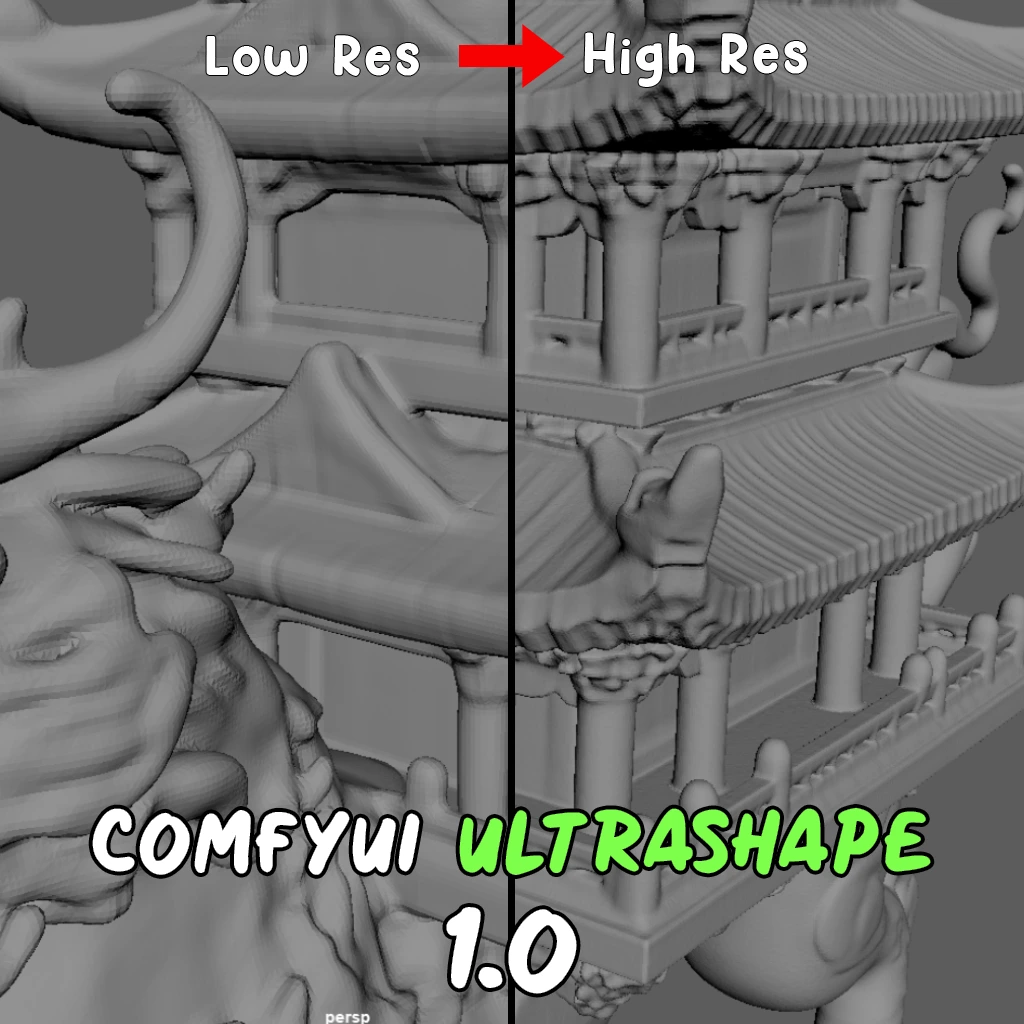ComfyUI Node: Batch Float Fit (mtb)
Batch Float Fit (mtb)
Categorymtb/batch
How to Install MTB Nodes
Install this extension via the ComfyUI Manager by searching for MTB Nodes- 1. Click the Manager button in the main menu
- 2. Select Custom Nodes Manager button
- 3. Enter MTB Nodes in the search bar
Visit ComfyUI Online for ready-to-use ComfyUI environment
- Free trial available
- 16GB VRAM to 80GB VRAM GPU machines
- 400+ preloaded models/nodes
- Freedom to upload custom models/nodes
- 200+ ready-to-run workflows
- 100% private workspace with up to 200GB storage
- Dedicated Support
Batch Float Fit (mtb) Description
Transform floating-point values between ranges with easing function for normalization and scaling automation.
Batch Float Fit (mtb):
The Batch Float Fit (mtb) node is designed to transform a list of floating-point values from one range to another, using a specified easing function to control the transformation. This node is particularly useful when you need to normalize or adjust a set of values to fit within a new range, ensuring consistency and precision in your data processing tasks. By leveraging this node, you can automate the process of scaling values, which is essential in various applications such as data normalization, graphical transformations, and more. The node's ability to automatically compute the source range based on the input values adds to its flexibility and ease of use.
Batch Float Fit (mtb) Input Parameters:
values
This parameter takes a list of floating-point numbers that you want to transform. The values in this list will be scaled from the source range to the target range using the specified easing function. There are no minimum or maximum constraints on the values, but they should be relevant to the context in which you are working.
clamp
This boolean parameter determines whether the transformed values should be clamped to the target range. If set to True, any values that fall outside the target range will be clamped to the nearest boundary value. This ensures that all output values remain within the specified target range. The default value is False.
auto_compute_source
This boolean parameter, when set to True, allows the node to automatically compute the source range based on the minimum and maximum values in the input list. This is useful when you do not have predefined source range values. The default value is False.
source_min
This parameter specifies the minimum value of the source range. It is used when auto_compute_source is set to False. If auto_compute_source is True, this value is ignored. The default value is 0.0.
source_max
This parameter specifies the maximum value of the source range. It is used when auto_compute_source is set to False. If auto_compute_source is True, this value is ignored. The default value is 1.0.
target_min
This parameter defines the minimum value of the target range to which the input values will be scaled. The default value is 0.0.
target_max
This parameter defines the maximum value of the target range to which the input values will be scaled. The default value is 1.0.
easing
This parameter specifies the easing function to be used for the transformation. Easing functions control the rate of change of the values, allowing for smooth transitions. Common easing functions include linear, ease-in, ease-out, and ease-in-out. The default value is linear.
Batch Float Fit (mtb) Output Parameters:
transformed_values
This output parameter returns a list of floating-point numbers that have been transformed from the source range to the target range using the specified easing function. Each value in the list corresponds to a transformed value from the input list, ensuring that the output is consistent with the input in terms of order and length.
Batch Float Fit (mtb) Usage Tips:
- To ensure that all input values are transformed within the desired range, set the
clampparameter toTrue. - Use the
auto_compute_sourceparameter to automatically determine the source range when you do not have predefined minimum and maximum values. - Experiment with different easing functions to achieve the desired rate of change in your transformed values, especially for graphical or animation purposes.
Batch Float Fit (mtb) Common Errors and Solutions:
ValueError: Size ({size}) is less than target count ({count})
- Explanation: This error occurs when the size of the input list is greater than the specified target count.
- Solution: Ensure that the input list size is less than or equal to the target count, or adjust the target count to be greater than or equal to the input list size.
TypeError: 'NoneType' object is not iterable
- Explanation: This error occurs when the input list is not provided or is
None. - Solution: Ensure that a valid list of floating-point numbers is provided as input to the node.
Batch Float Fit (mtb) Related Nodes
RunComfy is the premier ComfyUI platform, offering ComfyUI online environment and services, along with ComfyUI workflows featuring stunning visuals. RunComfy also provides AI Models, enabling artists to harness the latest AI tools to create incredible art.


